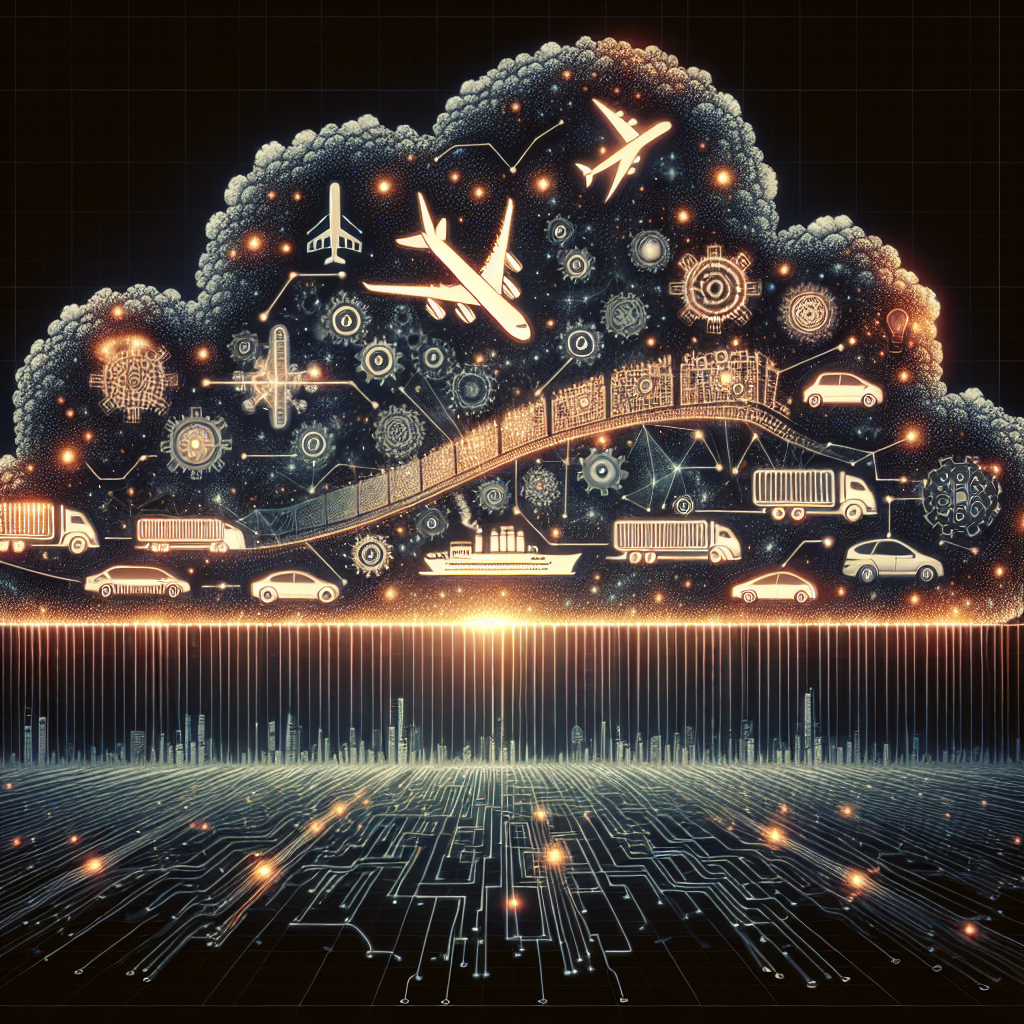In recent years, there has been a growing concern about the impact of carbon emissions on the environment and the role that the transportation industry plays in contributing to these emissions. With the rise of artificial intelligence (AI) technology, there is an opportunity to use AI to reduce carbon emissions in the transportation industry.
AI has the potential to revolutionize the way transportation systems operate, making them more efficient and environmentally friendly. By analyzing data and making real-time decisions, AI can help optimize routes, reduce congestion, and improve fuel efficiency, ultimately leading to a reduction in carbon emissions.
One of the key ways that AI can help reduce carbon emissions in the transportation industry is through the optimization of traffic flow. By analyzing data from traffic cameras, sensors, and other sources, AI can identify patterns and trends in traffic flow and make real-time adjustments to optimize routes and reduce congestion. This not only improves the overall efficiency of the transportation system but also reduces the amount of time vehicles spend idling in traffic, which in turn reduces carbon emissions.
AI can also be used to optimize fuel efficiency in vehicles. By analyzing data on driving patterns, road conditions, and other factors, AI can provide real-time feedback to drivers on how to drive more efficiently, such as by avoiding sudden accelerations and decelerations or by choosing routes that minimize fuel consumption. This not only reduces carbon emissions but also saves money on fuel costs for drivers and fleet operators.
Another way that AI can help reduce carbon emissions in the transportation industry is through the use of autonomous vehicles. Autonomous vehicles use AI technology to navigate roads and make decisions about how to drive, such as when to accelerate, brake, or change lanes. By optimizing driving patterns and routes, autonomous vehicles can reduce fuel consumption and carbon emissions compared to human drivers.
In addition to improving the efficiency of transportation systems and vehicles, AI can also help reduce carbon emissions by enabling the adoption of alternative fuels and energy sources. By analyzing data on energy usage and emissions, AI can help identify opportunities to switch to cleaner sources of energy, such as electric or hydrogen-powered vehicles. AI can also help optimize the charging infrastructure for electric vehicles, ensuring that charging stations are located in areas where they are most needed and that they are operating efficiently.
Overall, the use of AI in the transportation industry has the potential to significantly reduce carbon emissions and help combat climate change. By optimizing traffic flow, improving fuel efficiency, and enabling the adoption of alternative fuels, AI can help create a more sustainable and environmentally friendly transportation system.
FAQs:
1. How does AI help reduce carbon emissions in the transportation industry?
AI helps reduce carbon emissions in the transportation industry by optimizing traffic flow, improving fuel efficiency, and enabling the adoption of alternative fuels and energy sources.
2. What are some examples of how AI is used to reduce carbon emissions in transportation?
Some examples of how AI is used to reduce carbon emissions in transportation include optimizing routes to reduce congestion, providing real-time feedback to drivers on how to drive more efficiently, and enabling the adoption of electric and hydrogen-powered vehicles.
3. What are the benefits of using AI to reduce carbon emissions in transportation?
The benefits of using AI to reduce carbon emissions in transportation include improved efficiency, reduced fuel consumption, and a more sustainable and environmentally friendly transportation system.
4. Are there any challenges to using AI to reduce carbon emissions in transportation?
Some challenges to using AI to reduce carbon emissions in transportation include the cost of implementing AI technology, the need for data on traffic patterns and energy usage, and concerns about privacy and cybersecurity.
5. What are some future developments in AI that could further reduce carbon emissions in transportation?
Some future developments in AI that could further reduce carbon emissions in transportation include the use of machine learning algorithms to predict traffic patterns and optimize routes, the development of more advanced autonomous vehicles, and the integration of AI with smart city infrastructure.

